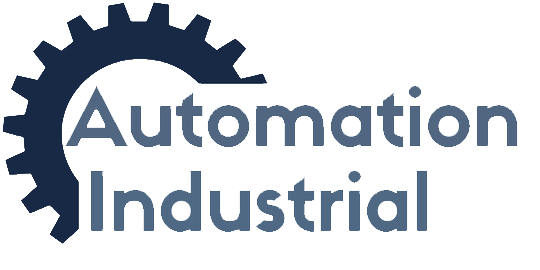DeviceNet: Charting the Evolution of a Pioneering Industrial Network
Tags: Automation, DeviceNet, Industrial,
In the world of industrial automation, few innovations have had as profound an impact as DeviceNet. Born out of the necessity to streamline and simplify communication between devices in industrial settings, DeviceNet has evolved over the years to become a cornerstone of modern industrial automation. This article traces the history of DeviceNet, from its inception to its current status as a key player in the industrial networking landscape.
The Birth of DeviceNet
DeviceNet's story began in the early 1990s as industries sought more efficient ways to connect and control various automation devices. The need for a standardized, open network that could facilitate communication between a diverse range of devices was evident. Allen-Bradley, now a part of Rockwell Automation, took the lead in developing such a network, culminating in the launch of DeviceNet in 1994.
Early Challenges and Adoption
The initial challenge for DeviceNet was gaining acceptance in an industry accustomed to proprietary systems. Its open, device-level network architecture was a departure from the norm, allowing various devices such as sensors, switches, and motor controllers to communicate directly with each other over a single network. This approach not only simplified wiring and installation but also enhanced system flexibility and scalability.
The Technical Foundations of DeviceNet
At its core, DeviceNet was built on the Controller Area Network (CAN) protocol, a robust and efficient communication standard initially developed for automotive applications. This choice provided DeviceNet with several key advantages, including high-speed communication, excellent error-handling capabilities, and the ability to function effectively in electrically noisy environments, a common characteristic of industrial settings.
Growth and Industry Impact
DeviceNet quickly gained traction in the manufacturing sector, particularly among companies looking to modernize their operations. Its ability to facilitate real-time data exchange and diagnostic capabilities was revolutionary. Manufacturers could now achieve higher levels of automation, leading to increased productivity, reduced downtime, and enhanced product quality.
The Role in Simplifying Industrial Automation
One of DeviceNet's most significant contributions was its simplification of the industrial automation process. The traditional method of point-to-point wiring was cumbersome and inflexible. With DeviceNet, devices could be easily added or removed from the network without major rewiring efforts, significantly reducing installation and maintenance costs.
Expansion and Standardization
As DeviceNet's popularity grew, so did the need for standardization to ensure interoperability between devices from different manufacturers. The Open DeviceNet Vendor Association (ODVA) was formed to manage the DeviceNet standard and promote its adoption worldwide. Under the ODVA, DeviceNet became part of a larger family of industrial networks, including EtherNet/IP and ControlNet, providing a comprehensive suite of networking solutions for industrial automation.
Global Adoption and Evolution
Throughout the late 1990s and early 2000s, DeviceNet saw widespread adoption across the globe. It became a preferred choice for many industries, including automotive, packaging, and material handling. The network's evolution continued, with enhancements in speed, capacity, and functionality to meet the growing demands of increasingly complex industrial systems.
Integration with Emerging Technologies
The advent of Industry 4.0 and the Internet of Things (IoT) brought new challenges and opportunities for DeviceNet. The network's integration with these emerging technologies enabled smarter and more connected industrial environments. DeviceNet systems could now offer greater insights into operations through advanced data analytics, paving the way for predictive maintenance and optimized performance.
Current Status and Future Outlook
Today, DeviceNet remains a vital component in the industrial automation landscape. While newer technologies and protocols have emerged, DeviceNet's reliability, simplicity, and broad industry acceptance continue to make it relevant. Looking ahead, DeviceNet is likely to continue evolving, integrating more seamlessly with IoT and Industry 4.0 technologies, and playing a significant role in the digital transformation of industrial operations.
Conclusion
The journey of DeviceNet from an innovative concept to a foundational element of industrial automation is a testament to its enduring value. It revolutionized the way devices communicate in industrial settings, bringing efficiency, flexibility, and enhanced control to manufacturing processes. As industries continue to evolve and embrace new technologies, DeviceNet's legacy and ongoing relevance underscore its importance in the past, present, and future of industrial automation.
